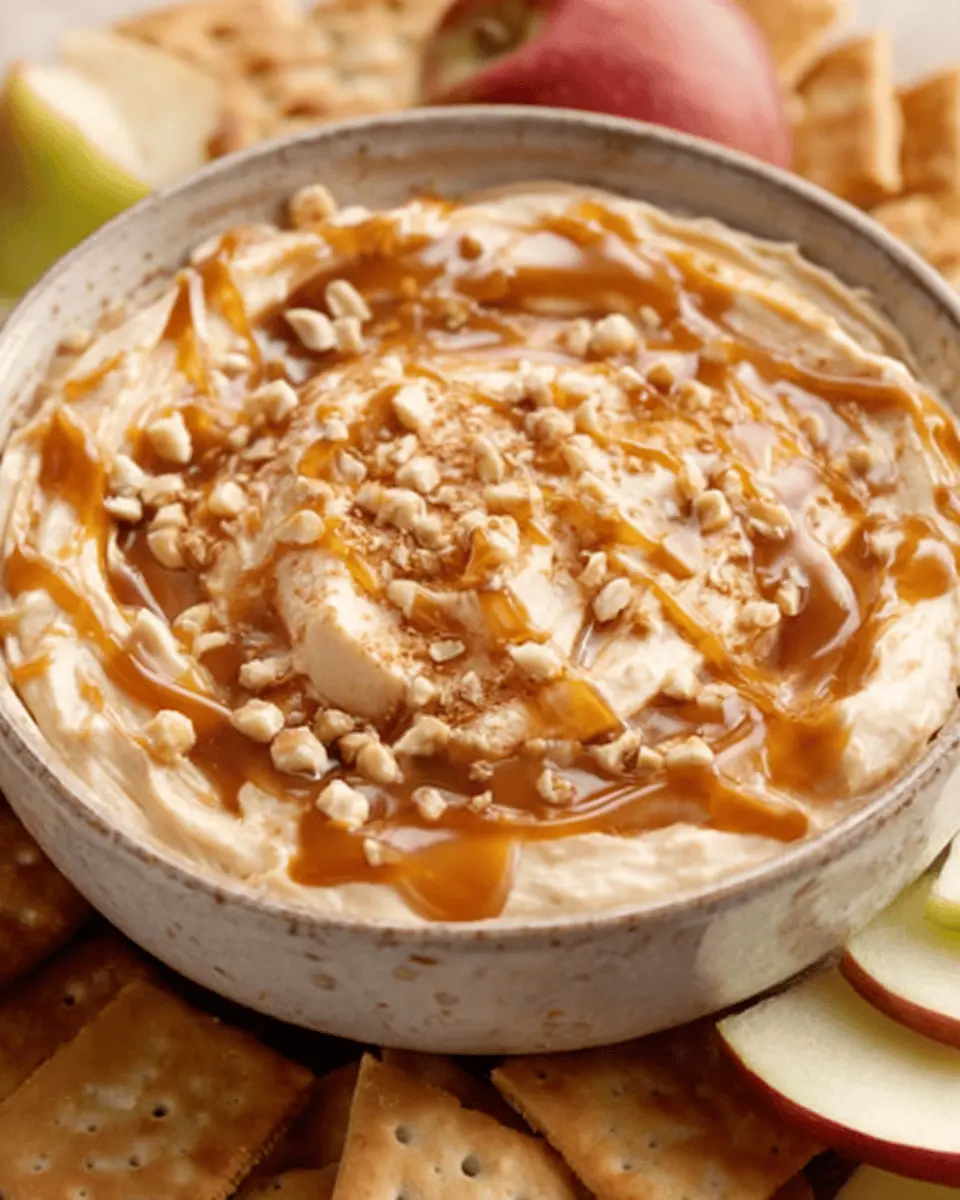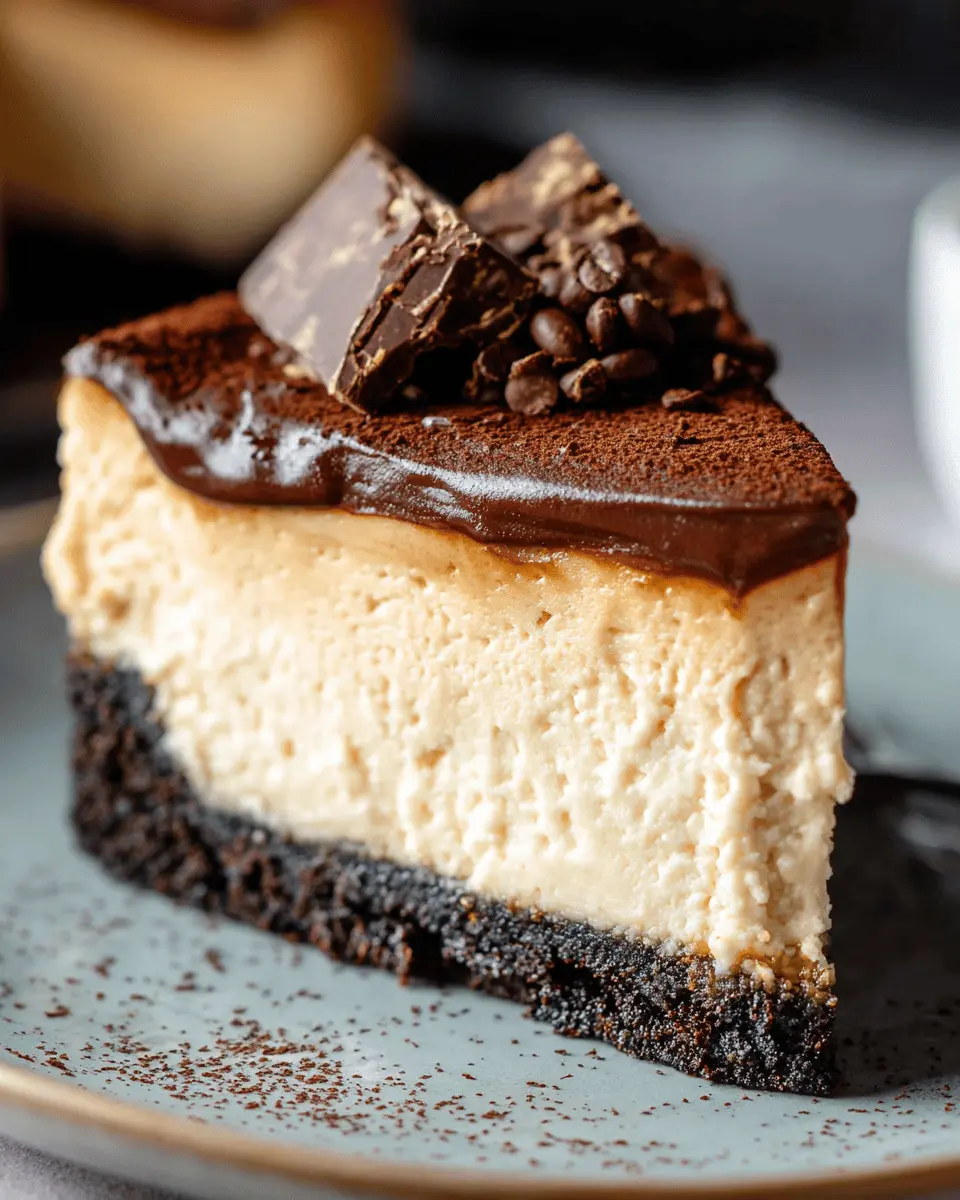Introduction to Lemon Pound Cake
What is Lemon Pound Cake and why is it loved?
Lemon pound cake is a delightful dessert that has won the hearts and taste buds of many baking enthusiasts. Characterized by its moist, dense texture, this cake is made with a simple combination of flour, sugar, eggs, butter, and, of course, fresh lemon juice and zest. This vibrant citrus element not only adds a refreshing tang but also elevates the cake’s flavor profile, making it a perfect treat for any occasion.
But why do so many people adore lemon pound cake? For starters, it strikes a beautiful balance between sweet and tart. This unique flavor combination makes it an ideal pairing for tea or coffee during afternoon gatherings or even as a light dessert after a meal. Moreover, its buttery richness and zesty notes are incredibly comforting, evoking memories of sunny days and family picnics.
Many baking aficionados will tell you that a slice of lemon pound cake has a magical quality. Perhaps it’s the delicate crumb structure that keeps each bite soft and inviting. According to a study by the American Culinary Federation, desserts with citrus flavors are often rated higher in terms of overall satisfaction. Lemon, as a flavor, has the ability to awaken the palate, making it a favorite in various culinary traditions.
This cake can also be a canvas for personal creativity. Whether you’re thinking of drizzling it with a tangy lemon glaze, serving it alongside seasonal fruit, or adding a dollop of whipped cream, the possibilities are endless. Additionally, lemon pound cake is surprisingly easy to make at home, even for those new to baking. With just a few straightforward steps, you can produce a bakery-quality cake that impresses family and friends alike.
For those looking for great recipes, I recommend checking out resources like Serious Eats or BBC Good Food for techniques that might inspire you to create your perfect version. So, roll up your sleeves and get ready to brighten your day with a slice of this iconic cake!

Ingredients for Lemon Pound Cake
Essential ingredients for a perfect lemon pound cake
Creating a delightful lemon pound cake starts with gathering the right ingredients. Each component plays a vital role in achieving that rich, buttery flavor and zesty lemony touch. Here’s what you’ll need:
- Unsalted butter: 1 cup, softened to room temperature. Butter is key for that creamy texture and rich taste.
- Granulated sugar: 2 cups. This adds sweetness and helps with leavening.
- Eggs: 4 large, at room temperature. Eggs bind the ingredients and contribute to the cake’s moistness.
- All-purpose flour: 3 cups. This is the base of your cake, providing structure.
- Baking powder: 1 teaspoon. A critical ingredient for ensuring your cake rises perfectly.
- Salt: ½ teaspoon. It balances the sweetness and enhances flavors.
- Milk: ½ cup, at room temperature. This will provide moisture and a tender crumb.
- Fresh lemon juice and zest: From 2 to 3 lemons. For that burst of fresh citrus flavor that makes your lemon pound cake shine.
These ingredients come together to create a moist, tangy delight that’s sure to impress. Not only will you be able to savor every slice, but you can also find more baking tips by visiting sources like the American Flour Company for further culinary inspiration and technique. Happy baking!
Preparing Lemon Pound Cake
Creating a perfect lemon pound cake is an experience that transcends mere baking; it’s about enveloping your kitchen with the sweet, citrus aroma that can brighten any day. Ready to learn how to master this delightful treat? Let’s get started!
Preheat and Prepare the Baking Pan
Before diving into your ingredients, preheating your oven is key. Set it to 350°F (175°C). This allows the oven to reach the ideal temperature for baking your lemon pound cake, ensuring even cooking throughout. While the oven heats up, grab a standard 9×5-inch loaf pan and grease it with butter or baking spray. For extra assurance that your cake won’t stick, consider dusting the bottom with flour. This little tip can save you from the heartache of losing part of your cake to the pan!
Cream the Butter and Sugar
In a large mixing bowl, take 1 cup (2 sticks) of softened unsalted butter and 2 cups of granulated sugar. Using an electric mixer, beat the duo together on medium speed until the mixture is light and fluffy—about 3-5 minutes. This step is essential; it’s where your lemon pound cake begins to develop that rich, buttery base. The air that gets mixed into the butter-sugar combo creates a light texture that makes all the difference in the final product.
Incorporate the Eggs
Once your butter and sugar are creamed, it’s time to introduce the eggs. Add four large eggs, one at a time, mixing well after each addition. This gentle incorporation helps create an airy batter; it’s all about balance here. As you add the last egg, consider slipping in a splash of vanilla extract—about 1 teaspoon will do. This isn’t traditional for a lemon cake, but it gives an added depth that’s hard to resist.
Mix Dry Ingredients
In a separate bowl, whisk together 3 cups of all-purpose flour, 1 teaspoon of baking powder, and ½ teaspoon of salt. This combo ensures that your lemon pound cake rises beautifully without becoming dense. Make sure to sift the flour beforehand if you can; it helps lighten the mixture.
Combine Wet Ingredients
Squeeze the juice from 2-3 fresh lemons to achieve about ⅓ cup of lemon juice. Then, separately, mix this juice with ½ cup of buttermilk. This combination not only amplifies the citrus flavor but also adds moisture to your cake.
Alternate Adding Dry and Wet Mixtures
Now comes the fun part. Gradually add your dry mix to the butter-and-sugar blend, alternating it with your wet mixture. Start with about a third of the dry mix, followed by half of the wet mixture, and keep alternating until everything is combined. This method helps prevent overmixing, allowing you to maintain that airy texture.
Prepare to Bake
Once your batter is ready, pour it into the greased loaf pan. Use a spatula to smooth the top, ensuring it’s even. This helps your lemon pound cake rise uniformly as it bakes. For a cheerful touch, you can sprinkle the zest of a lemon on top before you put it in the oven—it’s an aesthetic bonus!
Bake Until Perfection
Slide your loaf pan into the preheated oven and bake for approximately 60-70 minutes. To check if it’s done, insert a toothpick into the center; it should come out clean or with a few moist crumbs attached (but no batter). While waiting, tidy up your kitchen and prepare for a delightful treat that’s about to emerge!
By following these steps, you’re well on your way to baking the ultimate lemon pound cake that will impress friends and family alike. Whether it’s enjoyed as a dessert or a delightful afternoon snack, this cake is sure to become a favorite recipe in your collection.
For expert baking tips and more delicious lemon recipes, check out Food Network and Bon Appétit. Happy baking!

Variations on Lemon Pound Cake
Lemon pound cake is a classic dessert that brightens up any occasion, but why stop there? Let’s jazz it up a bit! Here are two delightful variations that cater to different taste buds and preferences.
Lemon Blueberry Pound Cake
Imagine the tang of the zesty lemon mingling seamlessly with the sweet burst of blueberries. This combo is not only visually appealing but also incredibly tasty! To make this version, simply fold in about a cup of fresh or frozen blueberries into your lemon pound cake batter before baking.
- Tip: Dust the blueberries with a little bit of flour before adding them to the batter. This trick helps prevent them from sinking to the bottom during baking.
If you’re looking for a twist, try adding a lemon glaze made with powdered sugar and lemon juice on top. This added sweetness complements the tartness of the lemon and blueberries perfectly!
Lemon Poppy Seed Pound Cake
For those who enjoy a bit of crunch in their dessert, the lemon poppy seed pound cake is a fantastic choice! Just incorporate about two tablespoons of poppy seeds into your batter along with the lemon zest and juice.
- Flavor tip: Pair this cake with a cup of herbal tea for a delightful afternoon refresher.
The nutty flavor of poppy seeds adds depth to the cake, making it a unique twist on the traditional lemon pound cake.
Both these variations are great for brunches or as a sweet ending to any meal. So, which one will you try first? The options are endless, and we can’t wait to see how you make these recipes your own.
Baking Notes for Lemon Pound Cake
Tips for Achieving the Perfect Texture
To create a delightful lemon pound cake, texture is everything. Aim for a denser yet moist cake, and here are some tips to help you get there:
- Cream butter and sugar thoroughly: This process incorporates air, lending your cake a lighter texture.
- Avoid overmixing: Once you add the flour, mix just until combined. Overmixing can lead to a tough cake.
- Incorporate buttermilk or sour cream: These add moisture and contribute to a tender crumb.
Importance of Ingredient Temperature and Quality
The quality of your ingredients significantly impacts the flavor and texture of your lemon pound cake. Consider these points:
- Room temperature ingredients: Use eggs and butter at room temperature for better emulsification.
- Fresh lemon zest and juice: The zest provides aromatic oils, elevating the cake’s citrus flavor. For more on the benefits of fresh ingredients, check out this guide on baking basics.
- High-quality butter: Choose unsalted butter for better control over your cake’s flavor.
With these notes, you’re well on your way to baking a lemon pound cake that’s bursting with flavor. Happy baking!

Serving suggestions for Lemon Pound Cake
Pairings that complement lemon flavors
When enjoying your lemon pound cake, consider pairing it with flavors that will enhance that bright, zesty essence. Think about adding fresh berries like strawberries, blueberries, or raspberries. Their natural sweetness provides a delightful contrast to the tangy lemon. For a refreshing touch, you could serve it alongside a dollop of whipped cream or a scoop of vanilla ice cream. The creaminess balances the cake’s moist texture perfectly.
Also, don’t underestimate the power of herbal notes. A sprinkle of finely chopped mint or basil can add an unexpected but fabulous nuance to your dessert experience.
Creative serving ideas
Elevate your lemon pound cake presentation by incorporating some fun serving ideas. Try layering slices of the cake with Greek yogurt and mixed fruit for a delightful parfait—perfect for brunch or dessert. If you’re hosting a gathering, consider cutting the cake into bite-sized pieces and serving them on a platter with assorted dips like chocolate sauce or a citrus glaze. This interactive element can spark conversations and keep your guests engaged.
Remember, the simplest touches can make a significant impact in delightful ways! For more serving inspiration, check out resources like Food Network or Bon Appétit for tips on enhancing your dessert experience.
Time details for Lemon Pound Cake
When baking a delightful lemon pound cake, it’s essential to keep track of your time to ensure everything goes smoothly. Here’s what you need to know:
Preparation time
Set aside about 15–20 minutes to gather your ingredients and mix them well. Measure out your flour, sugar, and of course, those zesty lemons. The more organized you are, the easier the process will feel!
Baking time
Once you’ve poured your batter into the pan, it usually takes around 50–60 minutes to bake. You’ll know it’s done when the edges are lightly golden and a toothpick comes out clean.
Total time
In total, you’re looking at about 1 hour 15 minutes from start to finish. Just think—after a little bit of time and effort, you’ll have a fresh, tangy lemon pound cake ready to impress your friends or simply treat yourself. If you’re interested in more baking tips, check out this handy kitchen resource for expert advice on timing and techniques!
Nutritional Information for Lemon Pound Cake
Calories per Serving
When indulging in a slice of lemon pound cake, it’s good to know what you’re savoring. On average, a standard serving contains about 350 calories. This might vary slightly based on specific ingredients and portion sizes, but it’s a delicious treat worth every bite!
Main Nutritional Components
The nutritional profile of lemon pound cake is quite interesting, combining delightful flavors with essential nutrients.
- Fat: 15-18 grams (depending on butter content)
- Carbohydrates: Around 50-55 grams, providing that satisfying sweetness
- Protein: Approximately 4-6 grams, helping to balance out the carbohydrate-rich cake
This treat is often enjoyed as a dessert, but don’t forget that lemon contributes vitamin C as well, giving your body a little boost. For more on the health benefits of lemons, check out Healthline’s article on citrus fruits.
Whether it’s a special occasion or a cozy weekend, this cake brings joy—with just the right balance of zest and sweetness—making it a delightful addition to your culinary repertoire. Just remember to enjoy it in moderation!
FAQs about Lemon Pound Cake
Can I make this lemon pound cake gluten-free?
Absolutely! You can easily substitute the all-purpose flour in your lemon pound cake recipe with a gluten-free flour blend. Many brands offer all-purpose gluten-free flours that work wonderfully in baking. Just make sure it’s a blend that contains xanthan gum or add a bit yourself to achieve that lovely, moist texture. For the best results, you might want to check out options from brands like Bob’s Red Mill or King Arthur Flour, both of which have great recommendations for gluten-free baking.
How do I store leftover lemon pound cake?
Storing your lemon pound cake properly will keep it fresh and zesty for days! Here are a few tips:
- Room Temperature: If you plan to eat it within a couple of days, wrap the cake tightly in plastic wrap and keep it on the counter.
- Refrigeration: To extend its life, you can store it in the fridge, but make sure to wrap it well to prevent it from drying out.
- Freezing: For even longer storage, slice the cake and wrap individual pieces in plastic wrap before placing them in an airtight container. This allows you to enjoy a slice whenever you crave that lemony goodness!
What’s the best way to enjoy lemon pound cake?
The beauty of lemon pound cake lies in its versatility. You can enjoy it simply as-is, or elevate it with a few delicious accompaniments:
- Serve with Fresh Berries: A side of strawberries or blueberries adds a fresh, fruity contrast to the rich cake.
- Glaze or Whipped Cream: Top it off with a lemon glaze or a dollop of whipped cream for extra sweetness.
- Pair with Tea or Coffee: This cake is a delightful companion with your afternoon beverage of choice.
By exploring various ways to savor lemon pound cake, you’re sure to find your favorite! For more tips on baking, consider checking out resources from The Kitchn and Food52.
With these answers, you’re ready to whip up a lemon pound cake and enjoy every bite!
Conclusion on Lemon Pound Cake
Recap of the joy of homemade lemon pound cake
Baking your own lemon pound cake is not just about enjoying a delicious dessert; it’s about creating a memorable experience. The warm, zesty aroma fills your kitchen and brings a delightful sense of accomplishment. Whether you’re making this treat for a special gathering or just because you crave something sweet, the joy of sharing your homemade creation with friends and family is unmatched.
By using fresh ingredients and a little love, you can transform simple moments into treasured memories. For variations and inspiration, check out sites like King Arthur Baking or BBC Good Food to elevate your baking game. So, roll up your sleeves, embrace the zest, and enjoy every slice!
PrintLemon Pound Cake: The Best Homemade Recipe for a Delightful Treat
Enjoy the light and zesty flavor of homemade lemon pound cake, perfect for any occasion!
- Prep Time: 15 minutes
- Cook Time: 70 minutes
- Total Time: 85 minutes
- Yield: 1 loaf
- Category: Desserts
- Method: Baking
- Cuisine: American
- Diet: Vegetarian
Ingredients
- 1 cup unsalted butter, softened
- 2 cups granulated sugar
- 4 large eggs
- 3 cups all-purpose flour
- 1 cup sour cream
- 1/4 cup fresh lemon juice
- 1 tablespoon lemon zest
- 1 teaspoon baking powder
- 1/2 teaspoon salt
Instructions
- Preheat your oven to 350°F (175°C) and grease a loaf pan.
- In a large mixing bowl, cream together the butter and sugar until light and fluffy.
- Add the eggs one at a time, beating well after each addition.
- Mix in the lemon juice and lemon zest.
- In another bowl, whisk together the flour, baking powder, and salt.
- Gradually add the dry ingredients to the wet ingredients, alternating with sour cream, starting and ending with the flour mixture.
- Pour the batter into the prepared loaf pan and smooth the top.
- Bake for 60-70 minutes, or until a toothpick comes out clean.
- Let cool in the pan before transferring to a wire rack.
Notes
- For extra lemon flavor, consider adding a lemon glaze on top.
- Ensure all ingredients are at room temperature for the best results.
Nutrition
- Serving Size: 1 slice
- Calories: 350
- Sugar: 25g
- Sodium: 200mg
- Fat: 15g
- Saturated Fat: 9g
- Unsaturated Fat: 4g
- Trans Fat: 0g
- Carbohydrates: 45g
- Fiber: 1g
- Protein: 5g
- Cholesterol: 90mg













